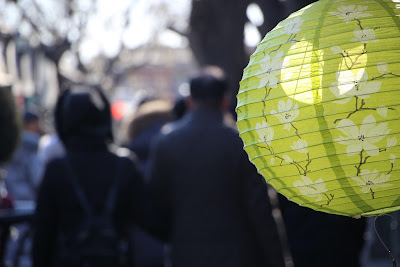This is a primer, not a comprehensive look at the legislation and its underlying policies.
Big groups of Chinese immigrants came to the United States in several waves. It began with the California Gold Rush between 1848 to 1855, and continued through large labor-intensive projects such as the construction of the transcontinental railroad.
Animosity toward Chinese miners and other foreigners began to increase in California when gold became harder to find. The hostility in California spread to the rest of the U.S. It led to a series of legislation targeting Chinese immigrants.
The Chinese Exclusion Act, signed into law in 1882, barred the immigration of Chinese laborers to the U.S. for 10 years. Merchants, students, travelers, teachers and diplomats were excluded from the law’s restrictions.The Chinese Exclusion Act was renewed by the 1892 Geary Act for a further 10 years. Another piece of legislation in 1902 made the Act permanent. Subsequently, the 1924 Immigration Act extended the Exclusion Act’s restrictions to other Asian immigrant groups.
With the advent of World War II, the Japanese made repeated references to the Chinese Exclusion Act in attempts to drive a wedge between the U.S. and its ally China. To shore up the nation’s wartime goals, President Franklin D. Roosevelt signed the 1943 Magnuson Act, which repealed the Chinese Exclusion Act.
The Magnuson Act allowed 105 Chinese laborers to enter the country each year. The Magnuson Act was followed by the 1952 Immigration and Nationality Act, which abolished direct racial barriers. However, the 1952 Act continued the practice of assigning entry quotas to Asian immigrants based on race rather than national origin.
Finally, the 1965 Immigration and Nationality Act scrapped the national origin quota system.

